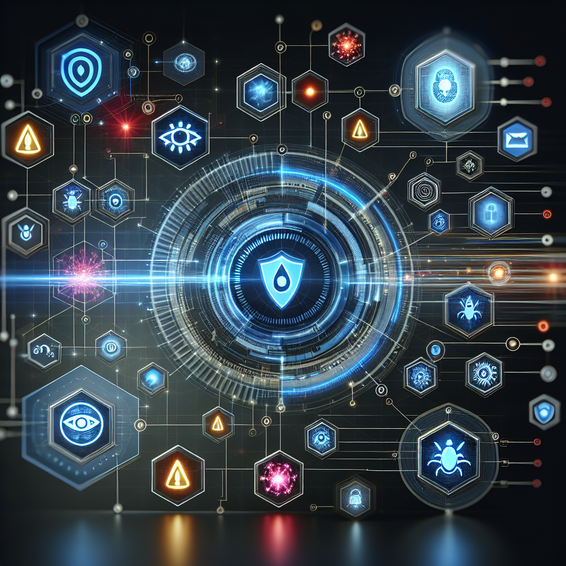In the ever-evolving landscape of cybersecurity, resilient networks are more critical than ever. As digital infrastructures become more complex and cyberattacks grow increasingly sophisticated, organizations need to go beyond traditional incident response methods. Today, Artificial Intelligence (AI) is leading a transformation in how IT and security teams detect, analyze, and mitigate security incidents—ushering in an era of faster, smarter, and more effective defense.
The Rise of AI-Driven Incident Response
Modern enterprises handle enormous volumes of network traffic and security events every day. Manually investigating these incidents is not only impractical but often ineffective. AI-powered systems step in by automating what was once the labor-intensive work of parsing logs and correlating data. Instead of waiting for a human to connect the dots, AI leverages machine learning algorithms to continuously monitor network behavior, detect anomalies, and surface only the most pertinent threats for action.
- Real-Time Threat Detection: Machine learning models analyze traffic patterns, alerting operators to suspicious activities before they escalate.
- Intelligent Prioritization: By eliminating false positives and highlighting genuine threats, AI allows security teams to focus on what truly matters.
- Automated Containment: As soon as malicious activity is flagged, automated protocols can isolate compromised endpoints or suspend risky user accounts, reducing the potential blast radius.
Key Features & Benefits of AI Incident Response
- Automated Triage: Routine tasks such as log analysis, alert escalation, and playbook execution are now handled autonomously, freeing security analysts to focus on advanced threats and strategy.
- Reduced Response Time: AI platforms react in milliseconds, dramatically cutting down the window of risk and improving organizational resilience.
- Continuous Learning: Every incident—detected or averted—feeds new data into the system, allowing adaptive models to stay ahead of emerging attack vectors.
These capabilities not only accelerate detection and mitigation, but also provide a distinct edge in a landscape where time is of the essence. As seen in numerous industries, from healthcare to finance, the advantage is clear: AI reduces both risk exposure and manual workload, resulting in stronger overall cyber hygiene.
Challenges & Considerations
No single technology is a silver bullet, and the AI approach is not without its challenges. Effective machine learning requires vast amounts of high-quality data. Inaccurate, incomplete, or biased datasets can result in missed detections or improper escalations. Organizations must also remain vigilant as adversaries increasingly employ AI in their attack arsenals, contributing to a technological arms race in cybersecurity.
- Data Quality: Garbage in, garbage out—sound AI relies on accurate inputs and regular updates.
- Human Oversight: AI augments but does not replace experienced professionals; the combined approach yields the best results.
- Adversarial Threats: Attackers are also leveraging AI for evasion and automation, raising the bar for defenders.
To navigate these complexities, a blend of human expertise and automation is essential. This collaborative stance ensures that AI-driven tools are continuously tuned and that critical decisions remain in the hands of experienced analysts when necessary.
An Evolving Future: AI and the New Normal in Security Operations
The journey toward AI-augmented security is far from over, but organizations embracing these changes are already reaping rewards. As threats multiply and diversify, resilient networks will hinge on automation, continuous learning, and the fusion of man and machine. By investing in robust AI-driven solutions, IT leaders future-proof their organizations and empower teams to focus on proactive security measures rather than firefighting.
Curious about the foundational concepts behind AI and network security? Learn more about intrusion detection systems and their evolution with AI.
Related Articles You May Like
- AI: The Future of Cyberattack Defense
- Understanding Cybersecurity Threats in a Digital World
- How to Develop a Robust Incident Response Plan
Conclusion: Building Resilience with AI
The digital battleground will only become more intense as networks scale and threat actors evolve. Nevertheless, with AI-powered incident response, organizations gain the automation, speed, and adaptability needed to stay one step ahead. While AI is not a panacea, its role is irrefutable in building the resilient networks that tomorrow’s enterprises require.
Whether you’re a CISO, SOC analyst, or IT leader, there’s never been a better time to explore how intelligent automation can harden your defenses and elevate your security strategy.
